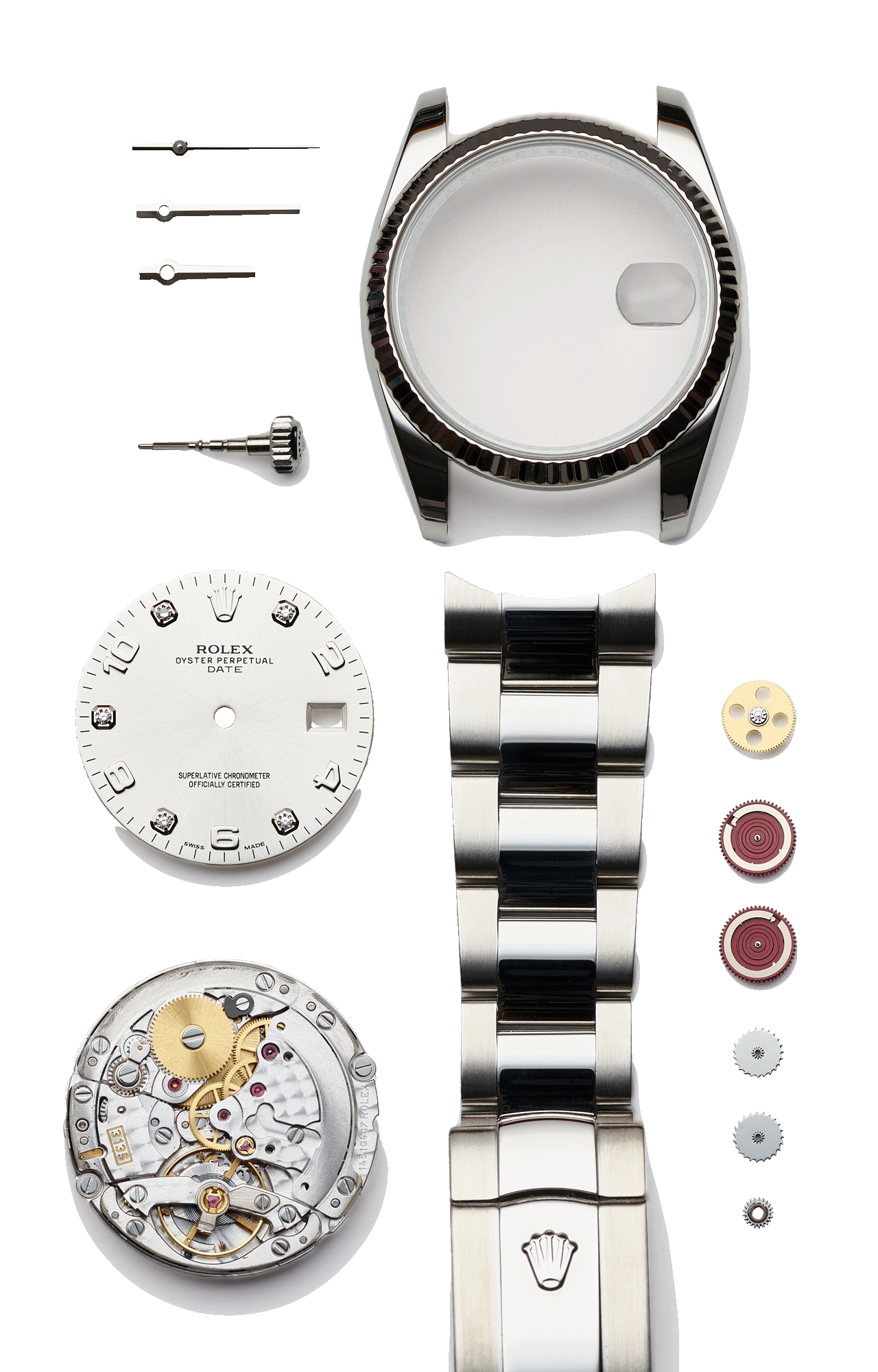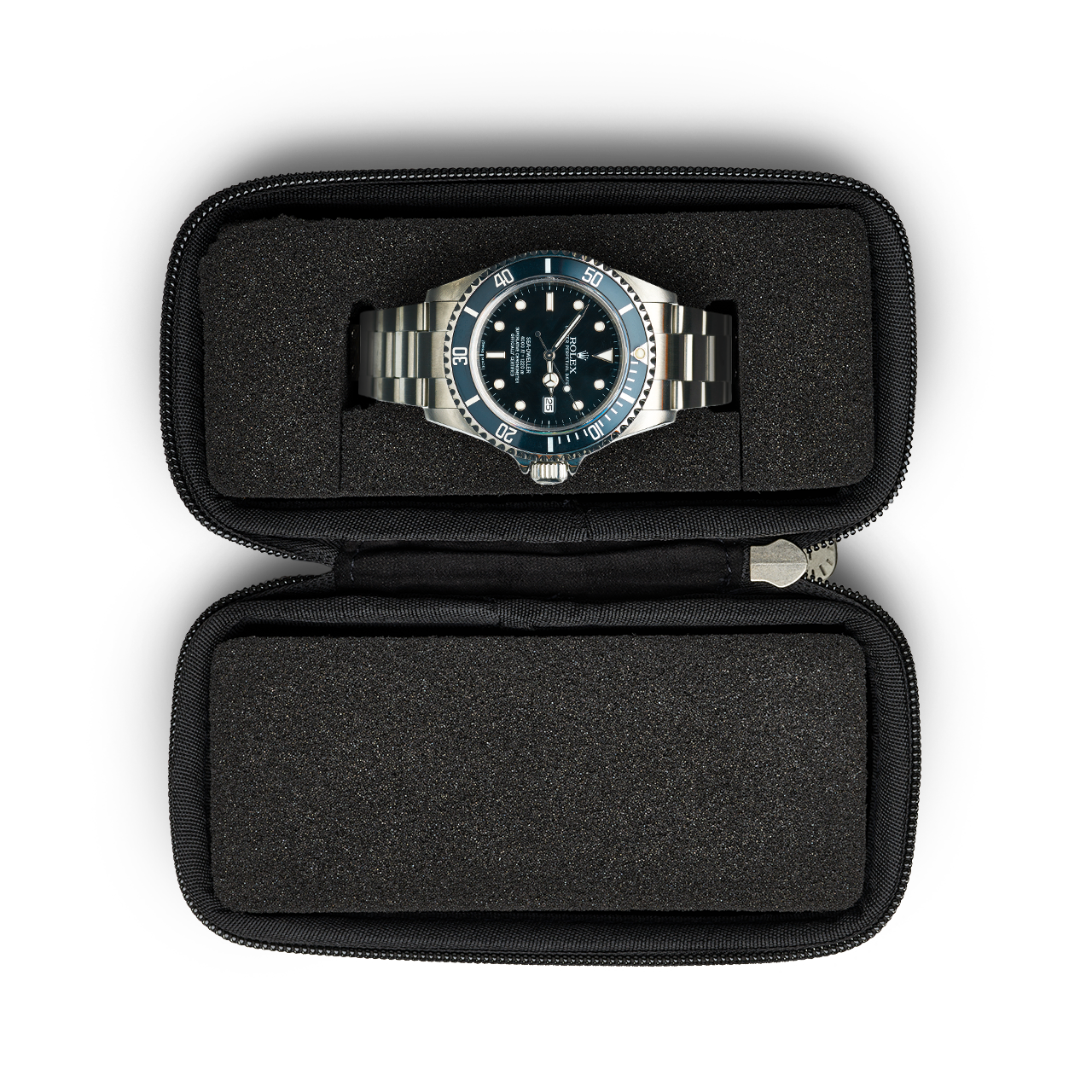ROLEX Servicing and Repairs
In order to keep your Rolex reacting and performing in peak condition, it will require a service every four to five years. At Luxury Watch Repairs we have 12 senior watchmakers, 2 of whom have been trained directly by Rolex and we use factory original parts.




